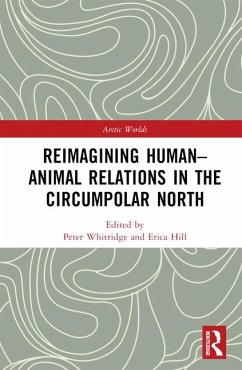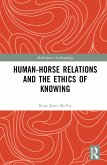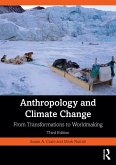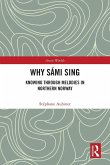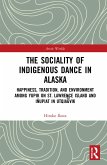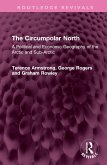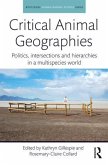This volume provides fresh insight into northern human-animal relations and illustrates the breadth and practical utility of archaeological human-animal studies. It surveys recent archaeological research in northern North America and Eurasia that frames human-animal relations as not merely economically exploitative but often socially complex and deeply meaningful, and attuned to the intelligence and agency of nonhuman prey and domesticates. The case studies sample a wide swath of the circumpolar region, from Alaska, Nunavut, and Greenland to northern Fennoscandia and western Siberia, and span sites, finds, and scenarios ranging in age from the Mesolithic to the twenty-first century. Many taxa on which northern lives hinged figure in these analyses, including large marine mammals, polar bear, reindeer, marine fish, and birds, and are variously approached from relational, multispecies, semiotic, osteobiographical, and political economic perspectives. Animals themselves are represented by osteological remains, harvesting gear, and depictions of animal bodies that include zoomorphic figurines, petroglyphs, ornamentation, and intricate portrayals of human-animal harvesting encounters. Far from settling the problem of how archaeologists should approach northern human-animal relations, these chapters reveal the irreducible complexity of northern worlds and highlight the diversity of human and nonhuman animal lives. This book will be of particular interest to northern archaeologists and zooarchaeologists, and all those interested in the possibilities of a multispecies approach to the archaeological record.
Bitte wählen Sie Ihr Anliegen aus.
Rechnungen
Retourenschein anfordern
Bestellstatus
Storno

